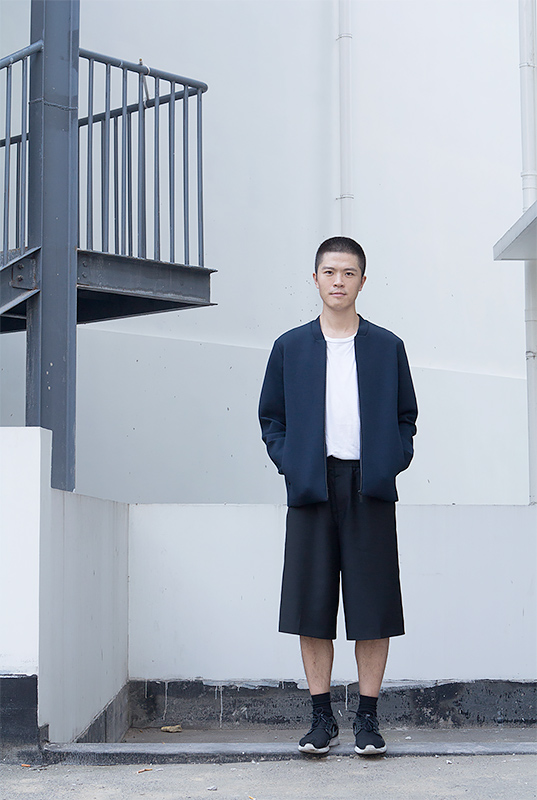Shuwei Liu (b.1985) was born in Tangshan and currently lives in Shanghai, China.
He received his Bachelor of Engineering in Guangdong University of Technology in 2009, then he decided to do what he really love such as photography, design and writing.
He's a finalist of LensCulture Portrait Awards 2016. His works got exhibited internationally include Power Station of Art, the State Hermitage Museum, Artefiera Bologna, JIMEI × ARLES Photo Festival Three Shadows Photography Art Centre, Vu Photo.
He was an residency artist in Vermont Studio Center, Red Gate residency and granted by them, and was awarded Fine Art "First Place" by PDN, and he was a finalist of LensCulture Portrait Awards, Three Shadows Photography Awards, Barcelona International Photography Awards, British Journal of Photography, described as "Ones to Watch" talents and Photovogue Festival.
All about Childhood Revisited
"Childhood is a human water, a water which comes out of the shadows. This childhood in the mists and glimmers, this life in the slowness of limbo gives us a certain layer of birth... " Gaston Bachelard
"Childhood is not a thing which dies within us and dries up as soon as it has completed its cycle. It is not a memory. It is the most living of treasures, and it continues to enrich us without our knowing it." Franz Hellens
All about Visible Darkness
"Visible darkness" is a part of my "Blue" trilogy. When I discovered 4 moon-like crescents at the base of my corneas, I thought I was going to lose sight. The anxiety reminded me of Derek Jarman's "Blue is darkness made visible." , blue was the only thing he could see before he went blind.
Meanwhile I was hiding in my own corner, chasing the color blue, turned out to be adjusting the distance between the world and me. Blue itself is just like distance, not reachable.
